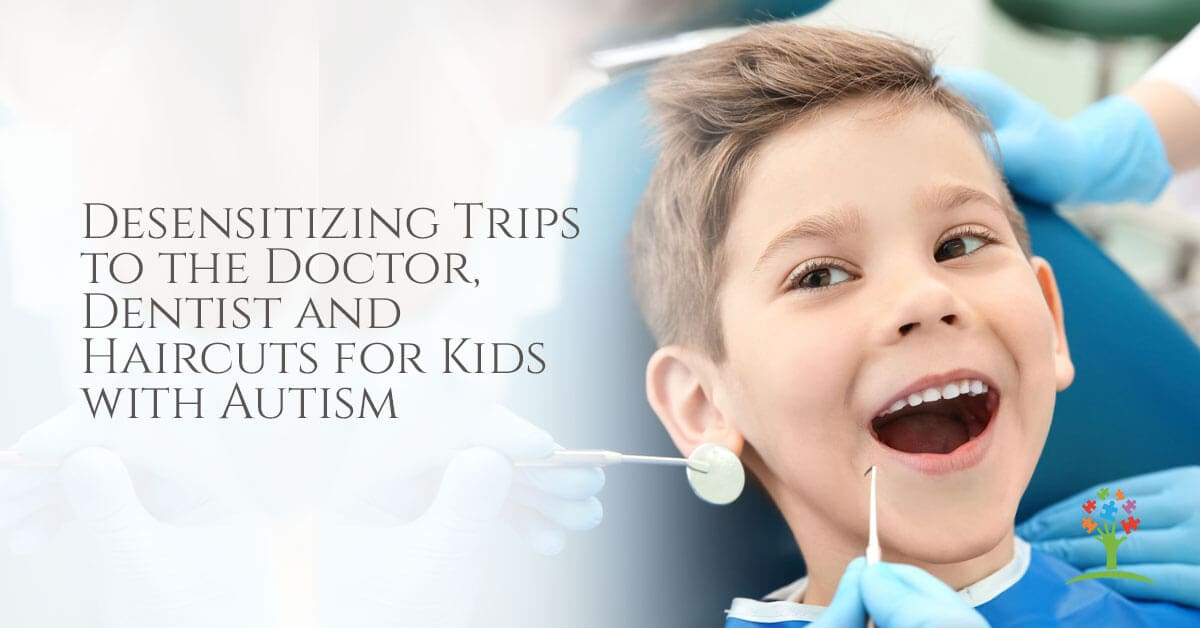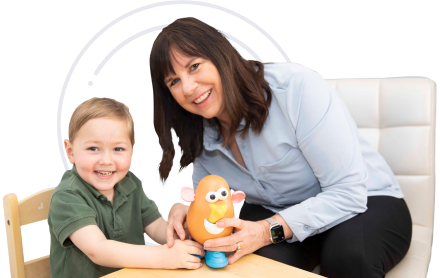Systematic Desensitization for Trips to the Doctor, Dentist and Haircuts for Kids with Autism

Want to Learn how to Increase Talking & Decrease Tantrums in Children with Autism or Toddlers Showing Signs?
Want to start making a difference for your child or clients?

Life doesn’t slow down for autism, and that means we may struggle with day to day tasks, especially if they are more challenging, for our loved ones. You may not consider going to the doctor, the dentist, or getting a haircut an uphill battle—but for those diagnosed with autism, such everyday tasks can be traumatic. Fortunately, through systematic desensitization we can make such necessary trips more tolerable for children with autism.
When your child or client is small, you might think the easiest way to accomplish these necessities is to hold them down until the procedure is done or wait until they’re asleep. While that could work while they’re young, as they grow bigger and stronger, you’ll have to find new ways to accomplish these complex tasks.
For example, a former client of mine used to struggle with her son when it came time to give him a bath. Not only would he make a mess of the bathroom, but he would also thrash and bang his head on the tub. We needed to use systematic desensitization tactics for bath time, so we assessed the location, the steps, and the people involved ahead of time. We determined that, at least for a few weeks, only one parent should give him baths so he would have fewer factors to become familiar with. Over time her son improved by leaps and bounds.
Remember these systematic desensitization steps to improve tackling both simple and complex tasks: find out the location of the procedure, break down the steps that will be taken, and determine who will be involved. Then, practice. The more variables you can prepare your child or client for, the more you can desensitize the procedure and the smoother the operation will go.
Mentioned In This Episode:
- MaryBarbera.com/workshops (Sign up for a free online workshop for parents and professionals)
Subscribe & Review in iTunes